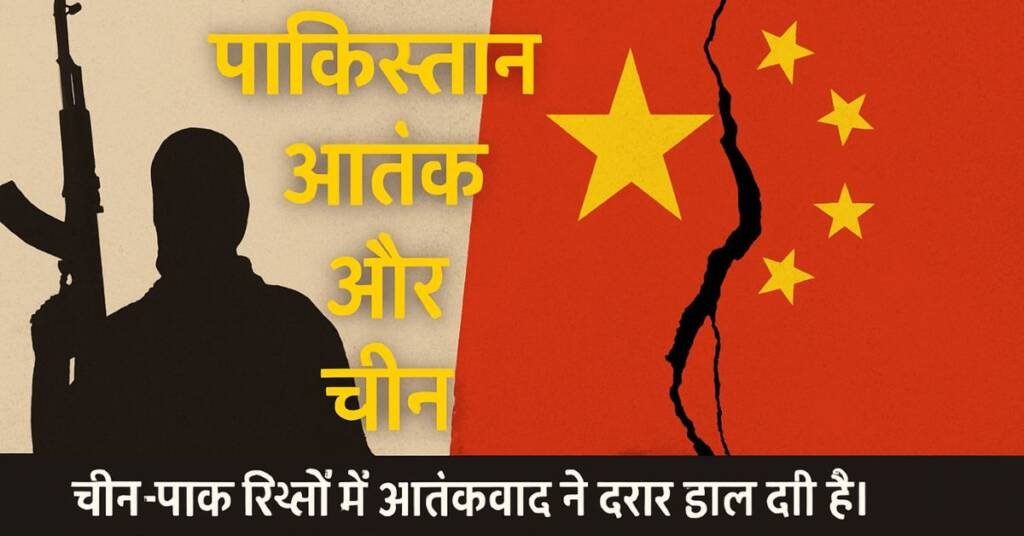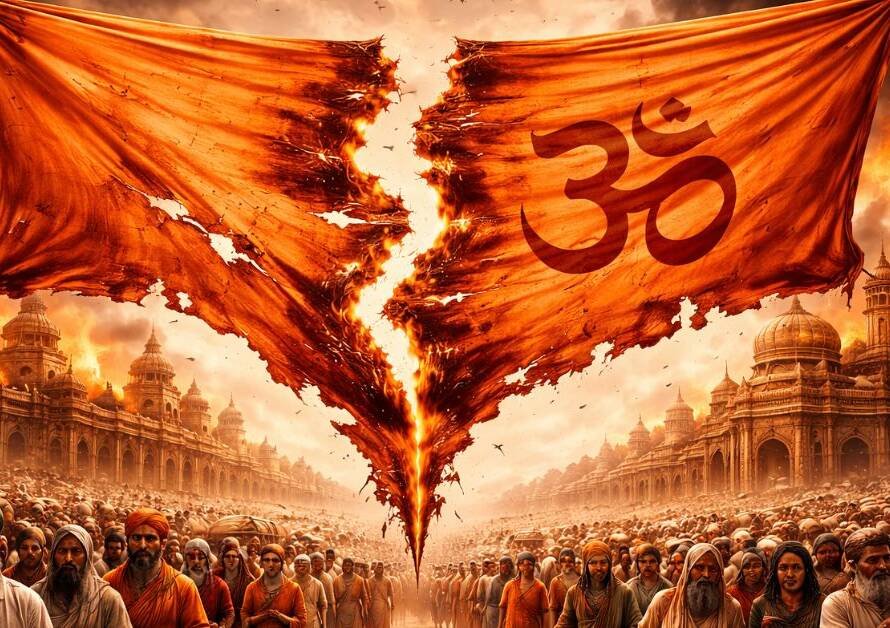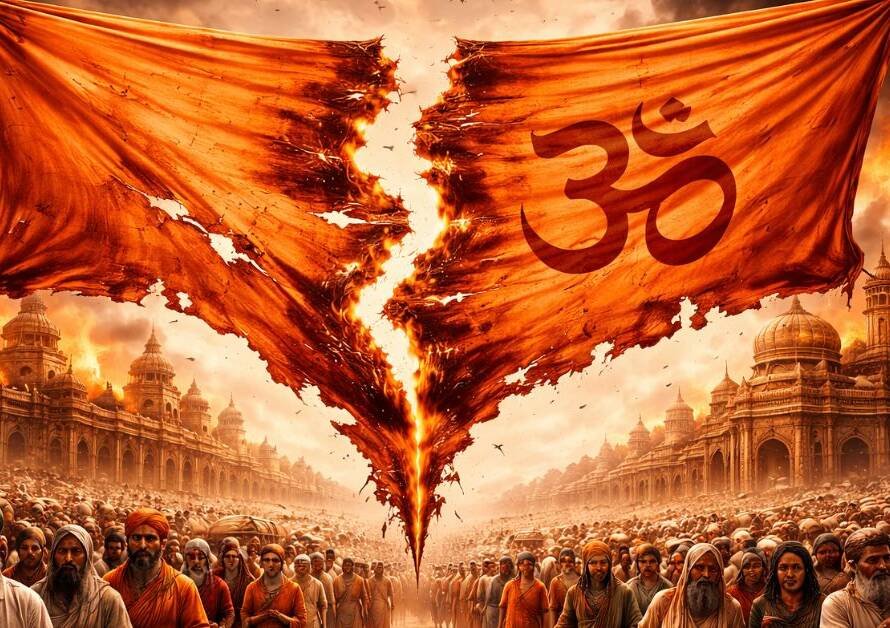Red Dragon at Crossroads
For decades, China leaned on a dual approach in South Asia—strengthening Pakistan to serve as a geopolitical foil to India while supporting India’s Congress-era leadership to maintain a fragmented and politically weak nation that wouldn’t challenge Chinese expansion. These tactics enabled China to occupy Aksai Chin and keep India’s borders unstable, ultimately enhancing China’s dominance in trade and diplomacy at India’s expense.
1. Modi’s India Turns the Tide
With Prime Minister Narendra Modi’s leadership, India underwent a sweeping transformation:
- Military modernization and aggressive posturing at Galwan and Doklam.
- Establishment of the Chief of Defence Staff (CDS) and theater commands strengthen coordination WikipediaReddit.
- Indigenous defence push (Atmanirbhar Bharat) with increased spending and startup involvement The Times of India.
- India now negotiates trade and diplomacy on its own terms, winning global respect across continents.
2. CPEC Under Siege: Terrorism Undermines China’s Anchor
China’s $60B China-Pakistan Economic Corridor (CPEC) constructed roads, energy lines, and ports like Gwadar. But repeated terror attacks have eroded confidence:
- March 26, 2024: A suicide bombing in Shangla (Dasu Dam) killed five Chinese engineers
- July 14, 2021: Dasu bus bombing killed nine Chinese engineers and four Pakistanis
- April 26, 2022: A suicide blast at Karachi University’s Confucius Institute killed three Chinese lecturers
These incidents forced China to halt projects, ask Pakistan for security reforms, and even consider deploying its own private security personnel
3. Terror Groups Targeting CPEC
- The Baloch Liberation Army (BLA) stages operations to oppose Chinese resource use and local disenfranchisement.
- The Tehreek-e-Taliban Pakistan (TTP) targets Chinese interests as part of its ideological jihad against the “infidel” Pakistani state.
- These groups may coordinate to attack Chinese convoys and infrastructure
4. China Pulls Back—From Projects to Diplomacy
- China paused or withdrew many CPEC projects due to security concerns.
- Its ambassador publicly scolded Islamabad, breaking customary silence
- A Joint Technical Expert Working Group (JTEWG) was formed to address security gaps, including evaluating private security
- China’s patience has turned into visible frustration and strategic distancing from Pakistan.
5. India-China Rapprochement & the Rise of RIC Bloc
- Recent border agreements and summit-level meetings show thaw between India and China
- India’s assertive diplomatic posture and its role in global trade alliances are gaining traction.
- Russia–India–China (RIC) axis is strengthening as a multipolar alternative to U.S. and NATO influence
6. Pakistan Now Cornered
- China’s withdrawal of economic support and rising terror threats shake Pakistan’s diplomatic relevance.
- India’s superior military strength and growing international alliances leave Pakistan with no one to turn to in crises.
- Beijing’s pullback restricts future terror funding for Pakistan, weakening its asymmetric warfare capacity.
7. India’s Strategic Shift Is Real
- From a passive state under previous administrations, India has become a global power combining military strength, diplomatic clout, and strategic independence.
- Beijing now views India not as a pawn but as a partner and competitor—worthy of respect and negotiation, not subversion.
🇮🇳 Jai Bharat, Vandematram 🇮🇳
For old messages please visit our website www.saveindia108.in
👉Join Our Channels👈
➡Telegram Group: https://t.me/+T2nsHyG7NA83Yzdl
➡WhatsApp Group: https://chat.whatsapp.com/HxGZvlycYPlFvBO17O3eGW







